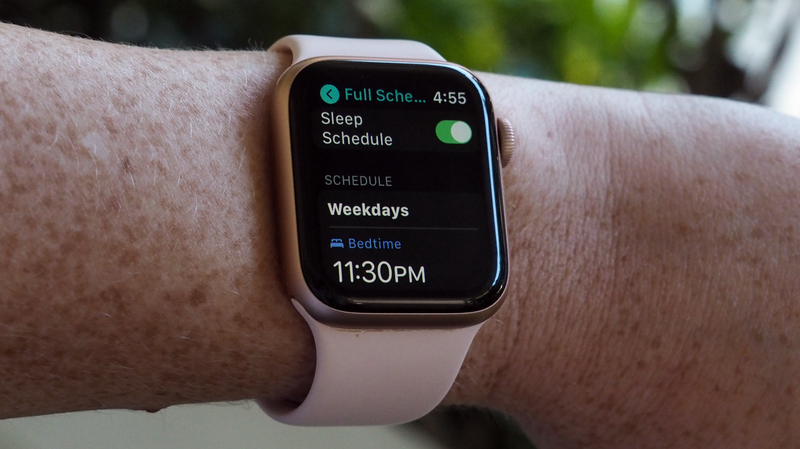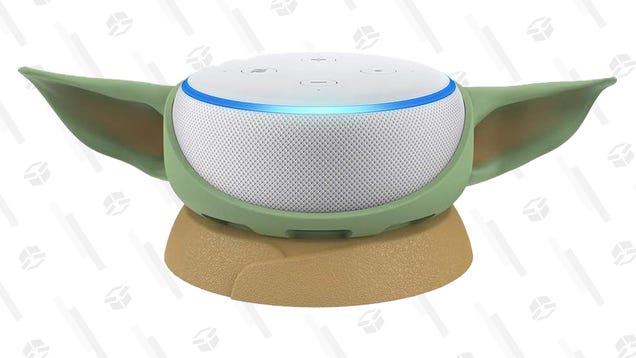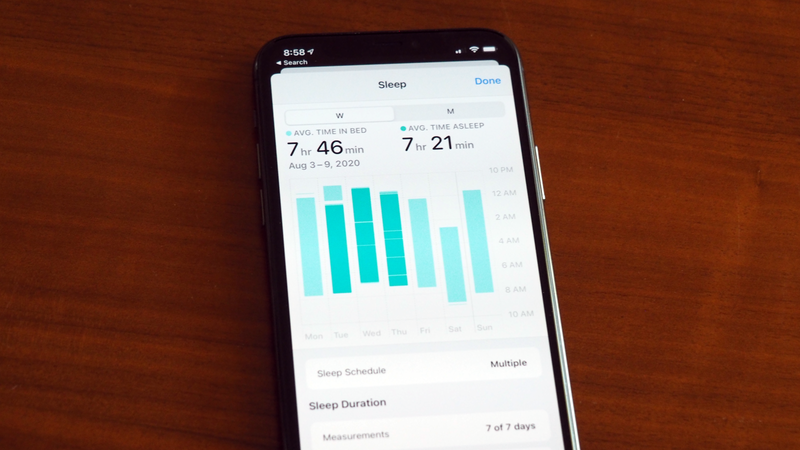
The Apple Watch Series 6 Will Need a Fresh Take on Old Features
by Victoria SongThere’s a good chance that Apple will drop its next-gen Series 6 smartwatch during the company’s Tuesday event. We already know a lot of what’s coming to the Apple Watch with this fall’s watchOS 7 software upgrade, but a few things are still a mystery. The most whispered about rumor is that while there may not be a lot of hardware updates to the Series 6, we’re likely to see blood oxygen level-monitoring.
Cool! And I don’t say that sarcastically. There are plenty of applications for blood oxygen-monitoring that dovetail nicely with Apple’s attempts to make a helpful health gadget. It’s just that blood oxygen-monitoring on wearables isn’t anything new.
As a refresher, Fitbit added SpO2 sensors—the red LEDs used to measure blood oxygen levels—to its Ionic smartwatch back in 2017. Subsequent Fitbits also included the sensors, even though it wasn’t until early this year that Fitbit finally rolled out an “Estimated Blood Oxygen Variation” feature that made use of this metric. Garmin trackers and watches also have these sensors, which are used to calculate your “Body Battery,” or how well you’ve recharged between workouts. Polar also includes the sensors in some of its wearables, and earlier this summer, Samsung rolled out a blood oxygen-monitoring app for its Galaxy Watch 3.
Apple haters love to jeer that competing platforms have had a certain feature several years before Apple ever introduced it. (Just look at the comments in our annual WWDC kill blog for proof of that.) But when it comes to blood oxygen-monitoring, it’s a point worth considering. If an SpO2 sensor is truly coming to the Series 6, it’s going to have to be enable something really special to impress.
G/O Media may get a commission

Baby Yoda Echo Dot 3rd Gen Stand
Buy for $25 from Amazon
That’s not out of the realm of possibility. Heart rate-monitoring was around for ages when Apple decided to blow the pants off everyone else by introducing an ECG feature cleared by the U.S. Food and Drug Administration in the Series 4. It’s a move that Fitbit and Samsung are only catching up to now, two years later. Is Apple going to coolly announce that it’s gotten FDA clearance for sleep apnea diagnosis, a thing Fitbit’s actively aiming for? Who knows, but if any company could pull off that sort of dramatic reveal, it would be Apple.
Another thing that’s finally coming to the Apple Watch is native sleep-tracking. However, as we noted in our watchOS 7 preview, Apple’s sleep-tracking is pretty basic. While that seems to be intentional, it’s a little disappointing because several other trackers and smartwatches out there give highly detailed breakdowns of your sleep stages and sleep trends over time. Using the watchOS beta, we found that sleep-tracking drains the battery by about 20% overnight and requires you to make adjustments to your charging schedule. This isn’t necessarily an outrageous demand, and many Apple Watch lovers I’ve spoken with don’t really care about charging their watches every day. But if Gizmodo commenters are any indication, the one-day battery life is a major reason why some folks haven’t jumped onto the Apple Watch train.
That’s fair when you consider Fitbits manage to give you advanced sleep metrics while still lasting close to a week on a charge. Multi-day battery life is also something Garmin and Polar have also figured out, and even budget smartwatches like Timex’s Metropolitan R last longer than a mere 24 hours.

Don’t get me wrong. It’s exciting that sleep-tracking is coming to the Apple Watch, and in all fairness, Apple’s M.O. is to only introduce a feature when the company feels like it’s nailed it. Sleep-tracking was heavily rumored to launch with the Series 5 last year, but Apple waited until this year to roll out the feature. I wouldn’t be surprised if Apple’s keeping sleep-tracking basic for now because more advanced tracking would’ve required performance compromises elsewhere.
Whether it’s fair or not, everyone expects Apple to lead when it comes to health features for consumer wearables. The company has done that in several ways: from diagnosing atrial fibrillation to launching its own clinical studies into reproductive health, heart health, and hearing. And maybe it’s Apple’s own fault, but since the Series 3, it’s really outdone itself in adding significant changes to each subsequent watch (and adding huge improvements with each watchOS upgrade). The Series 3 added LTE. The Series 4 improved the display and added ECG readings plus Afib alerts. The Series 5 came with a revamped Health and Activity app—plus an always-on display, period-tracking, and noise level-monitoring. If the Series 6 simply adds sensors we’ve already seen in other devices, unless those sensors enable more meaningful metrics or diagnostic tools, it’ll be a bit of a letdown. In any case, we probably won’t have to wait much longer to find out.